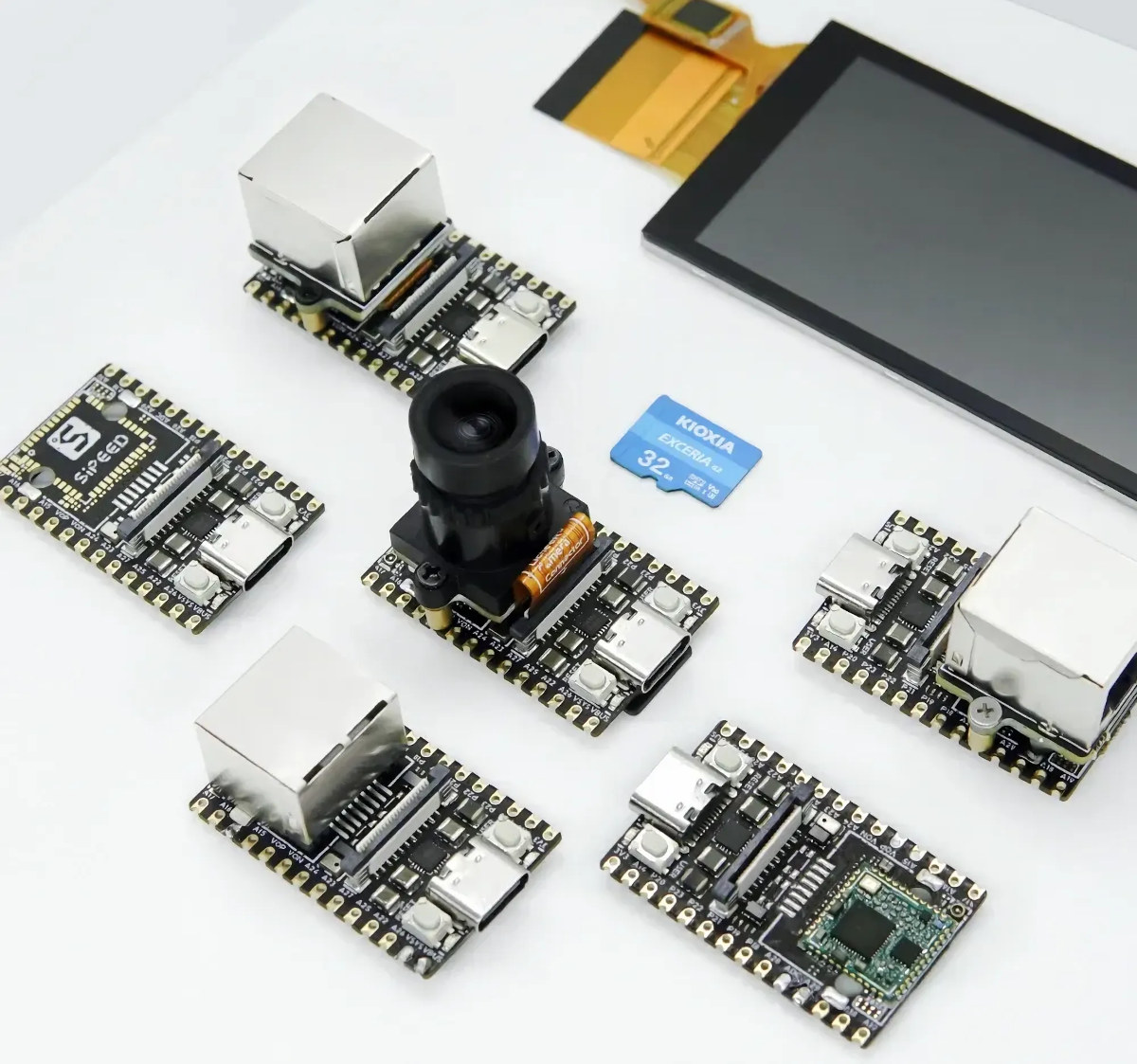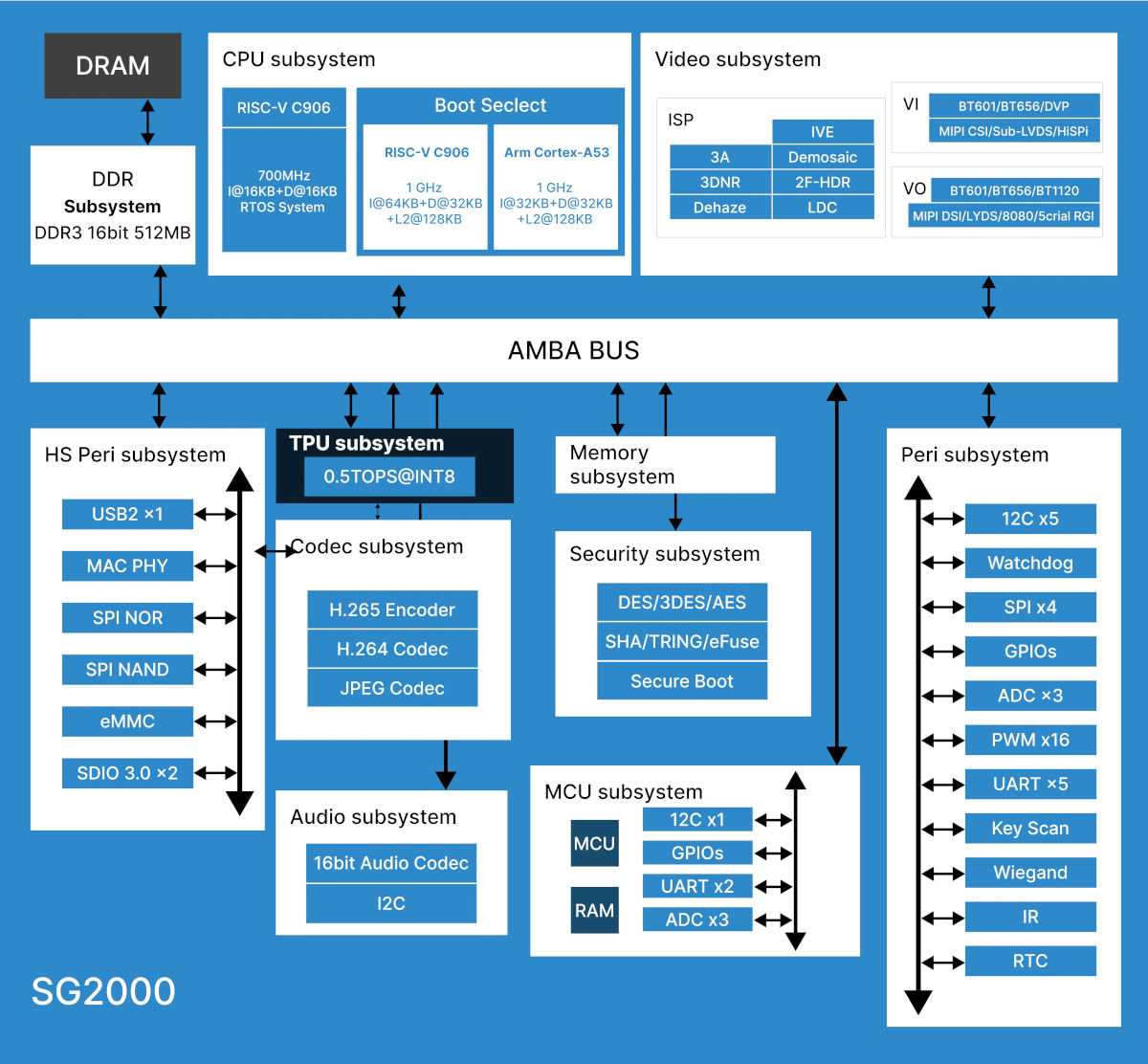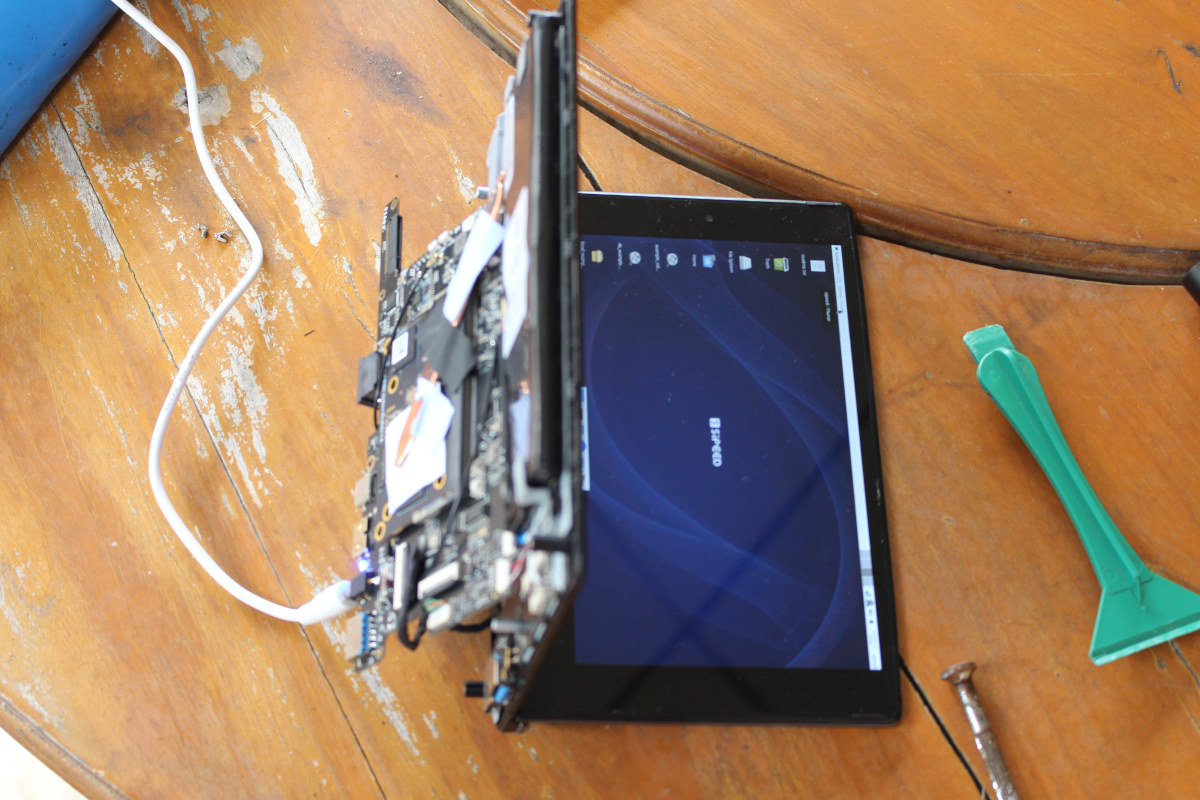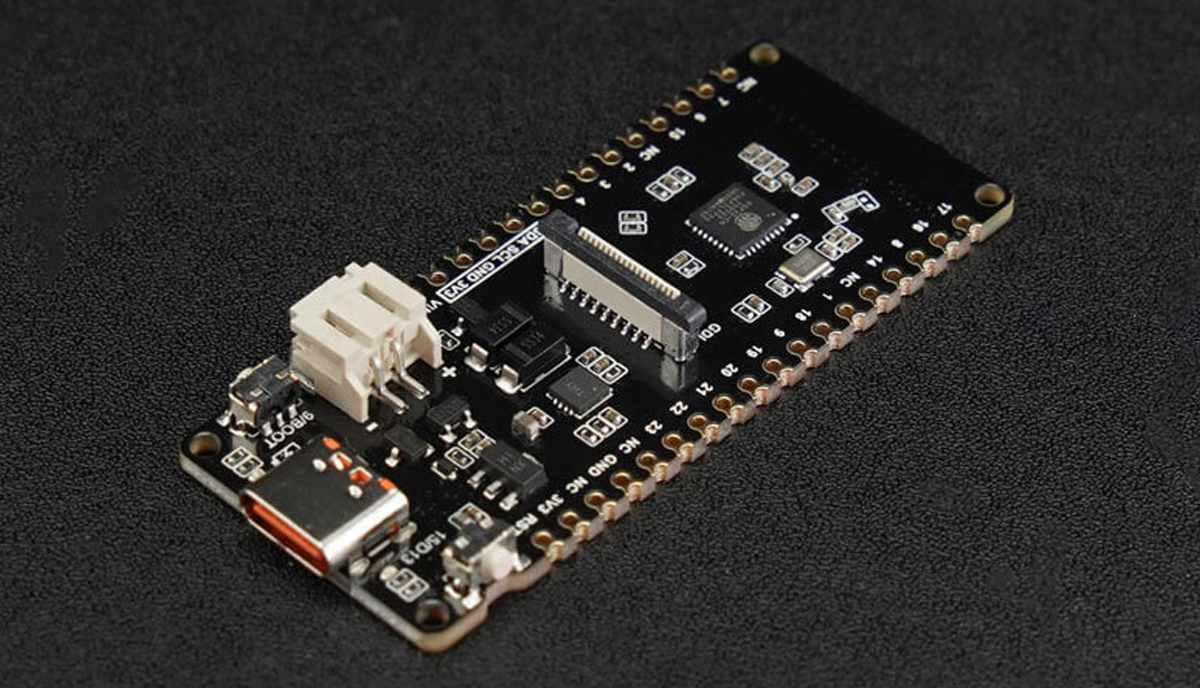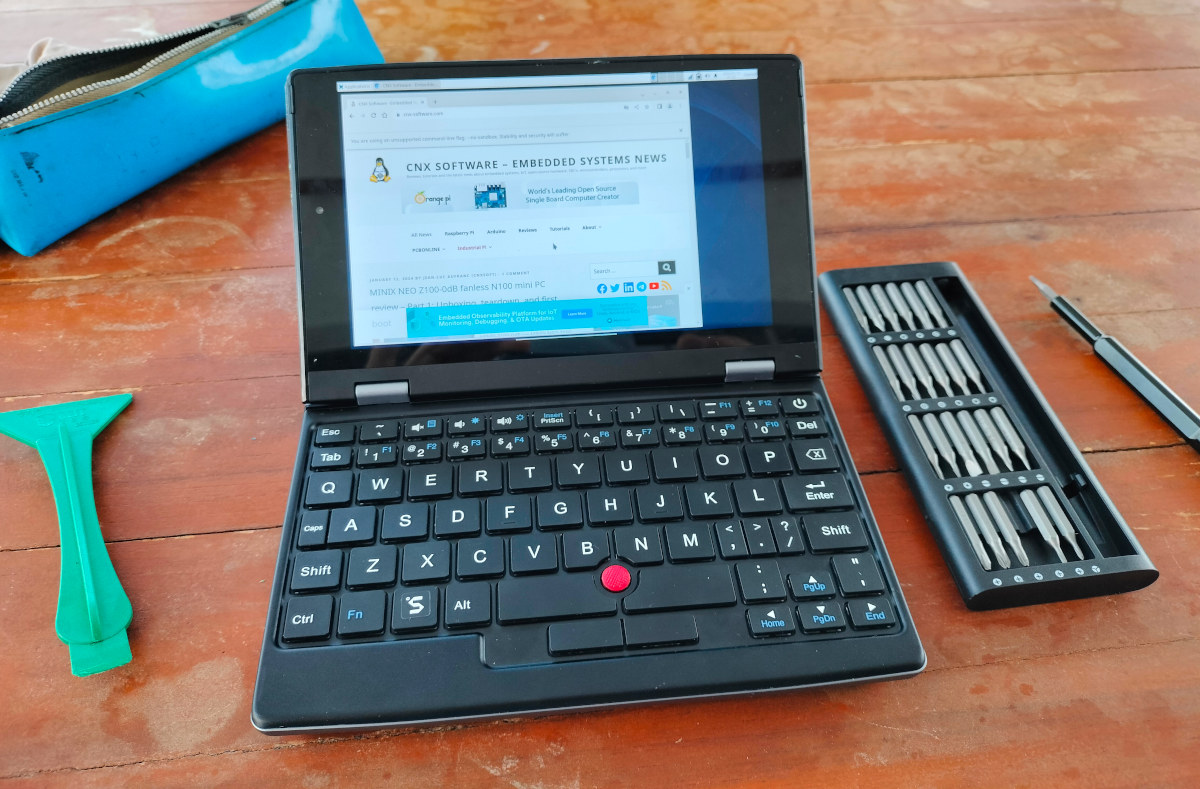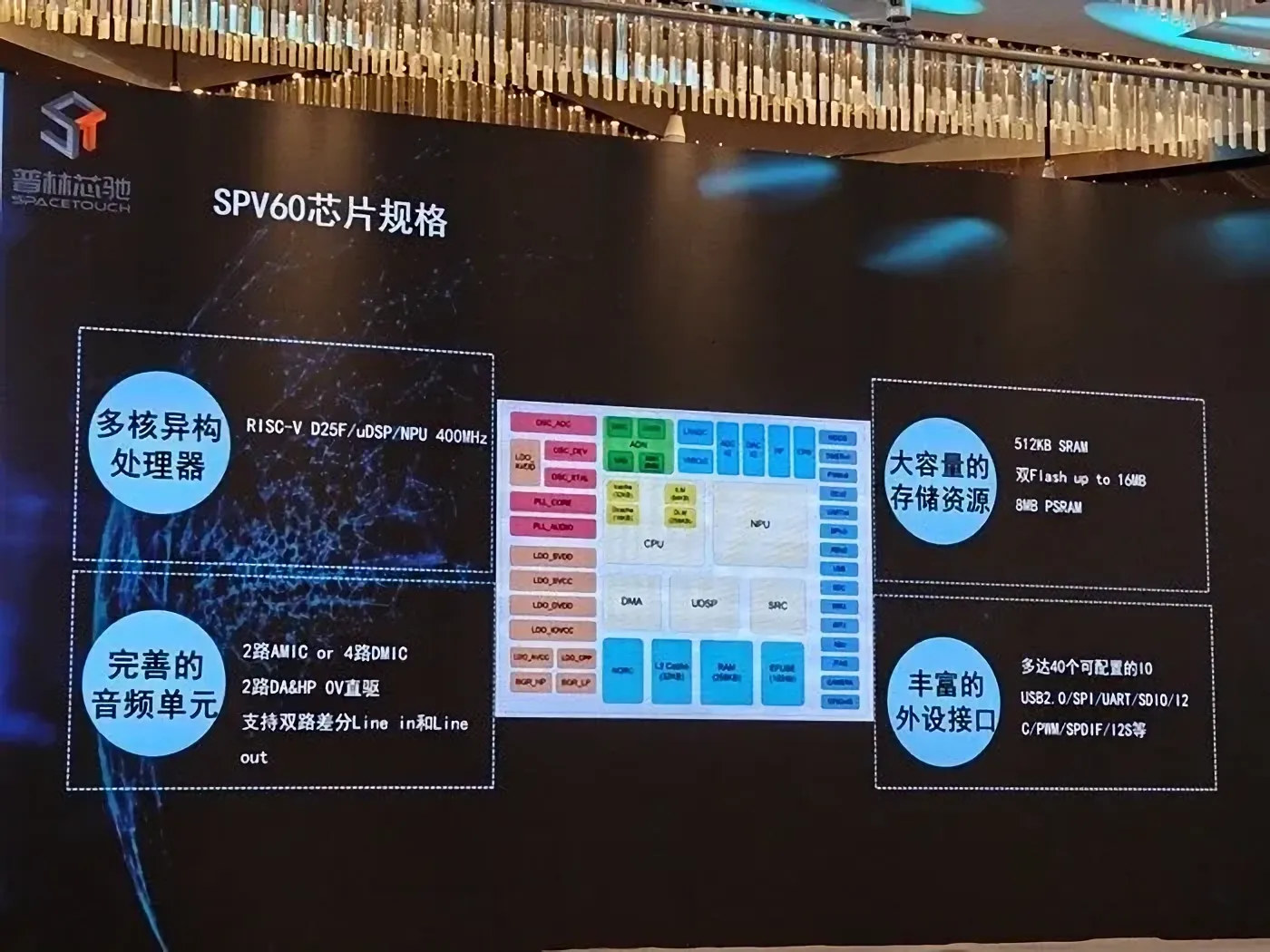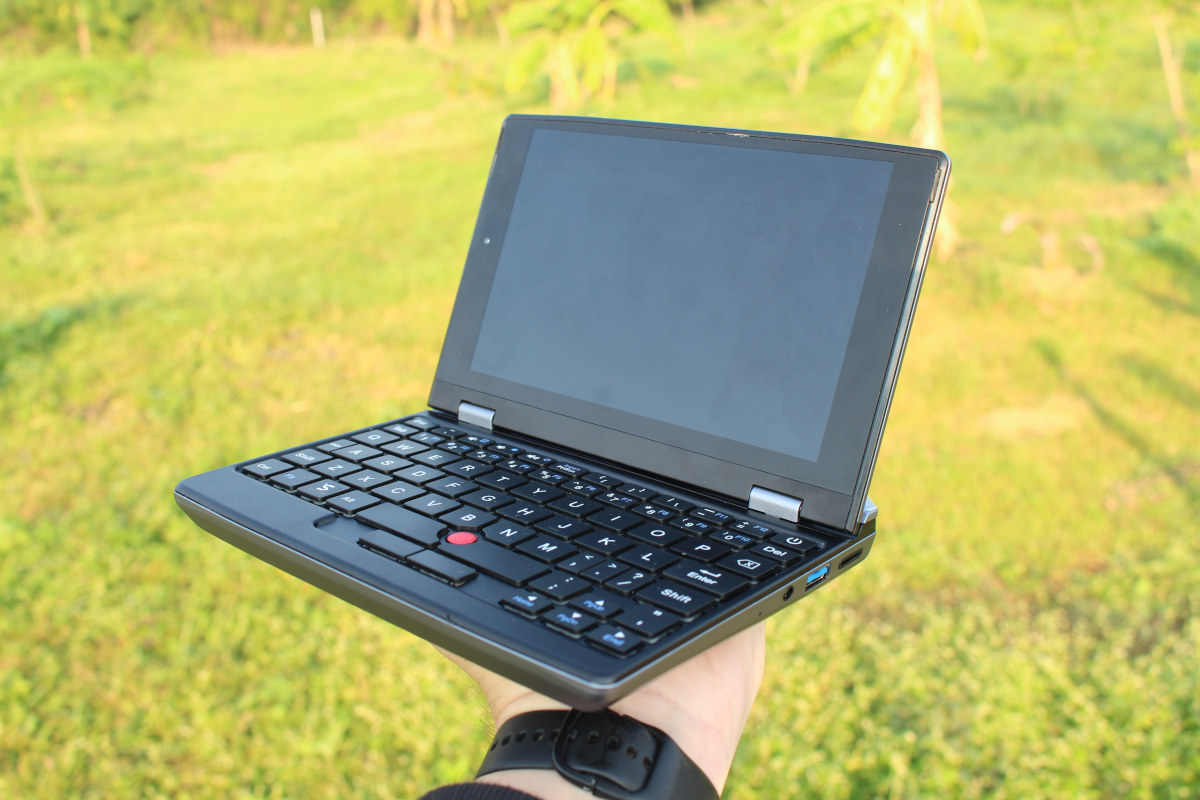When I wrote about the SOPHGO SG2002 (and SG2000) RISC-V, Arm, and 8051 AIoT processor yesterday, I noted several boards were in development, but I had not noticed the Sipeed LicheeRV Nano (Beta) was already available for sale, so let’s have a closer look. It’s an inexpensive, tiny camera and display board running Linux with optional support for WiFi 6 and 10/100M Ethernet connectivity which somewhat reminds me of the Breadbee SBC based on MStar MSC313E Camera SoC. Sipeed also provides accessories such as a camera module and a touchscreen display to quickly get started. LicheeRV Nano specifications: SoC – SOPHGO SG2002 Main core – 1GHz 64-bit RISC-V C906 or Arm Cortex-A53 core (selectable) Minor core – 700MHz 64-bit RISC-V C906 core Low-power core – 25 to 300MHz 8051 MCU core NPU – 1 TOPS INT8, supports BF16 Integrated 256MB DDR3 (SiP) Storage – MicroSD card slot and SD NAND […]
SOPHGO SG2000/SG2002 AI SoC features RISC-V, Arm, and 8051 cores, supports Android, Linux, and FreeRTOS
SOPHGO SG2000 and SG2002 are new SoCs featuring a bunch of RISC-V and Arm cores capable of running Linux, Android, and FreeRTOS simultaneously, and to maximize the fun an 8051 MCU core is also in the mix along with a 0.5 TOPS (SG2000) or 1 TOPS (SG2002) AI accelerator. More specifically we have one 1GHz C906 64-bit core capable of running Linux, one 1GHz Arm Cortex-A53 for Linux or Android, another 700 MHz C906 RISC-V core for FreeRTOS, and a 300 MHz 8051-core for real-time I/Os, as well as 256MB or 512MB SiP DRAM. The chip is designed for AIoT applications such as Smart IP cameras, facial recognition, and smart home devices. SOPHGO SG2000/SG2002 specifications: CPU cores 1x C906 64-bit RISC-V core @ 1GHz 1x C906 64-bit RISC-V core @ 700MHz 1x Arm Cortex-A53 core @ 1GHz MCU – 8051 8-bit microcontroller core @ 25 to 300 MHz with 6KB […]
Lichee Console 4A RISC-V devkit testing – Part 2: benchmarks and features in Debian 12
When checking out the hardware of the Lichee Console 4A portable RISC-V development terminal in the first part of the review, I noted that I had some troubles with the display that did not work properly. I did a little massage to “fix” the display, but unsurprisingly it ended up not being a long-term solution. So I had to open a case a few times and ended up breaking the wires to the fan… Each time I reassembled the device, the display only worked for a few seconds or minutes if at all. So I decided to test the system by keeping it open, as the display is working reliably that way. So I won’t be able to do a proper review testing the device on the go, but I still tested all features and benchmarked the T-Head TH1520 mini laptop with Debian 12, and will report my findings in […]
FOSDEM 2024 schedule – Open-source embedded, mobile, IoT, robotics, RISC-V, etc..
FOSDEM – which stands for Free and Open Source Software Developers’ European Meeting – is a free-to-participate event where thousands of developers meet in Brussels on the first week-end of February to discuss open-source software & hardware projects. FOSDEM 2024 will take place on February 3-4 with 880 speakers, 818 events, and 66 tracks. Although I won’t attend, I’ve created a virtual schedule like every year with sessions most relevant to the topics covered on CNX Software from the “Embedded, Mobile and Automotive” and “Open Hardware and CAD/CAM” devrooms, but also other devrooms including “FOSS Mobile Devices”, “ Energy: Reimagining this Ecosystem through Open Source”, “RISC-V”, and others. FOSDEM Day 1 – Saturday, February 3, 2024 10:30 – 10:55 – Screen Sharing on Raspberry Pi 5 Using VNC in Weston and Wayland with the Yocto Project and OpenEmbedded by Leon Anavi In 2023, embedded Linux developers received eagerly awaited news: […]
This new ESP32-C6-based IoT development board supports solar battery charging
DFRobot’s FireBeetle 2 ESP32-C6 is an IoT Development Board with 802.11ax (now called Wi-Fi 6), Bluetooth 5, Zigbee 3.0, Thread 1.3, and flexible power options including USB Type-C, 5V DC, and a CN3165 Lithium Ion battery charger for solar-powered systems. This isn’t the first solar-based board we’ve covered. We’ve also explored boards like Conexio Stratus, Wisblock Kit 2, and RAK8211-NB iTracker along with other solar-powered devices such as solar-powered laptops, solar-powered headphones, and even a solar-based power supply. FireBeetle 2 ESP32-C6 IoT Development Board Specifications: Processor – ESP32-C6 RISC-V single-core, 160 MHz Memory SRAM – 512KB ROM – 320KB Flash – 4MB RTC SRAM – 16KB USB – USB 2.0 CDC Wi-Fi Protocols – IEEE 802.11b/g/n, IEEE 802.11ax (20 MHz-only non-AP mode) Bandwidth – Supports 20 MHz and 40 MHz at 2.4 GHz Modes – Station, SoftAP, SoftAP+Station Frequency – 2.4GHz Frame Aggregation – TX/RX A-MPDU, TX/RX A-MSDU Bluetooth Protocol […]
How I “fixed” the display on Lichee Console 4A terminal
When I wrote a hands-on post about Lichee Console 4A RISC-V development terminal I noted the display would sometimes have strange effects or simply go black. I’ve now fixed the issue, and I was just probably unlucky since the issue must be rare, but I’ll still document it in case somebody encounters a similar problem and for fun! First, the video below shows what I would see on my terminal after using it for a few minutes. Since then, the display has gone completely dark, and all I see is the backlight, but I can still access the device through an SSH terminal. It looks like a bad connection issue, but I still contacted Sipeed and they told me it must have been the display connector. So I turned off the device and reopened the enclosure to remove and reinsert the cable for the display as shown in the photo […]
Spacetouch SPV60 AI audio processor features a 400 MHz Andes D25F RISC-V core
Spacetouch SPV60 is a RISC-V AI audio processor with an Andes D25F 32-bit RISC-V CPU IP core with P-extension (DSP/SIMD) that is also found in the Telink TLSR9 wireless audio microcontroller introduced in 2020. But the SPV60 is clocked at a higher 400 MHz frequency, adopts a CPU + NPU + uDSP heterogeneous multi-core architecture with a 100 GOPS AI accelerator and a micro DSP capable of handling 1024-point FFT and iFFT among other mathematical functions, and offers a range of peripherals interfaces such as USB 2.0, SPDIF, I2C, PDM for microphone arrays, and more. Spacetouch SPV60 specifications: CPU Andes D25F 32-bit RISC-V core with P extension (DSP/SIMD ISA) clocked at up to 400MHz 5-stage pipeline Hardware multiplication/division operations Single precision floating point accelerator 32KB I-Cache and 16KB D-Cache; 32KB L2 Cache Spacetouch-designed uDSP – Support for 1024-point FFT and IFFT, FIR, COS, SIN, SQRT, Arctan, LOG, and other functions […]
Lichee Console 4A portable RISC-V development terminal review – Part 1: Unboxing, teardown, and hands on
Sipeed has just sent me a “Lichee Console 4A portable RISC-V development terminal” for review. It’s a quad-core RISC-V mini laptop based on the Alibaba T-Head TH1520 processor with a 7-inch touchscreen display, and my model is equipped with a Lichee LM4A module fitted with 16GB RAM and 128GB eMMC flash. I’ll start the review of the RISC-V developer kit with an unboxing, a teardown, and a quick try with the preinstalled Debian 12 “Bookworm” image, before testing the latter in the second part of the review. The second part will take some time as we have about twenty reviews planned for now, four of which I’ll be taking care of myself… Lichee Console 4A unboxing I received the device in a package indicating I had been sent the 16GB+128GB model and reading “Lichee Console 4A portable RISC-V developer terminal” which makes it clear it’s based on RISC-V, is portable […]


